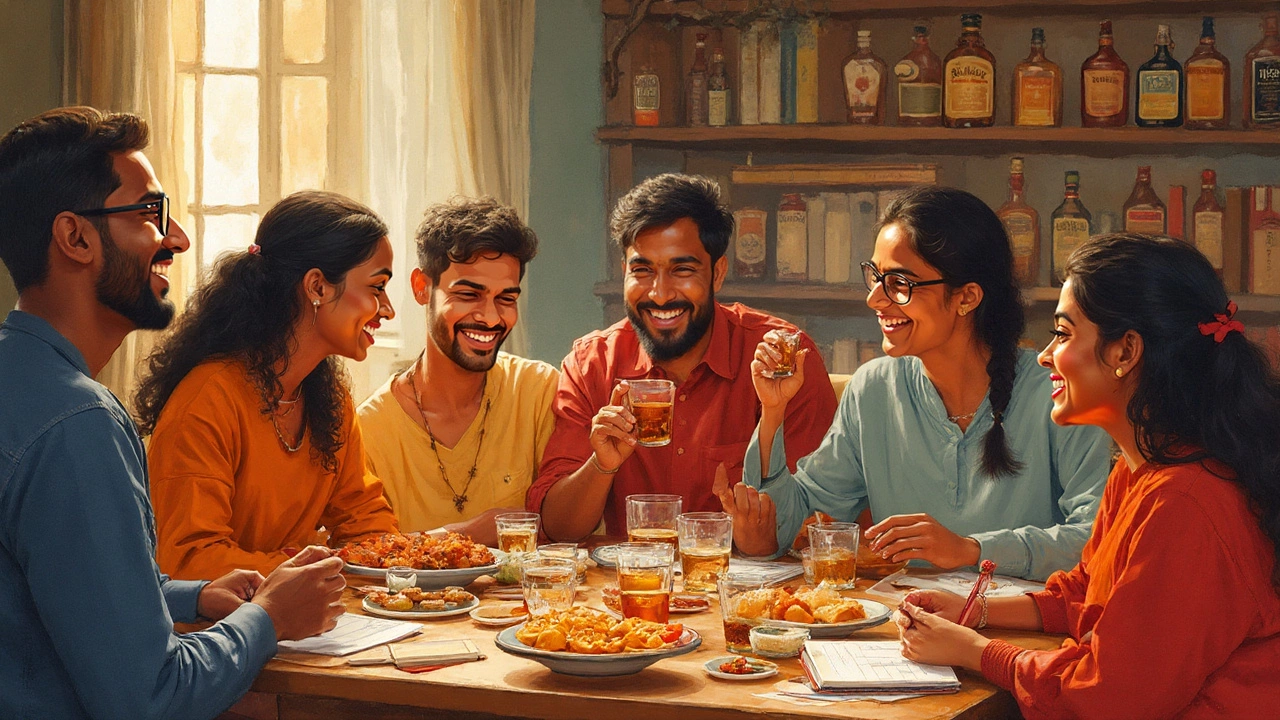
The first time I went to a whiskey tasting, I nearly showed up empty-handed. That’s a rookie move. The truth is, arriving prepared can make the difference between blending in like a seasoned connoisseur or looking lost at the table. Whiskey tasting isn’t about throwing back shots—nobody’s there to get sloppy. It’s a social ritual with seriously delicious rewards (and if you ask me, a great excuse to geek out over flavor). If you’ve ever wondered what to bring to a whiskey tasting—whether it’s at a distillery, a private club, or just your friend’s somewhat over-the-top living room bar cart—pay attention, because these essentials will keep you sipping smart.
Preparing Like a Pro: The Must-Haves for Whiskey Tastings
So, you’ve scored an invite or finally booked that whiskey tour. First rule: don’t trust your memory after the second pour. Pack a small notepad and a pen; yes, really. You could use your phone, but nothing beats jotting down tasting notes, fun facts, or unforgettable “this tastes like a campfire in autumn” impressions before they vanish in a swirl of smoky peat. Experienced tasters swear by bringing their own tasting glass—specifically, a Glencairn, tulip, or copita glass. These help concentrate aromas, and, believe it or not, some venues appreciate it. I once watched a guy at a local tasting whip out his favorite etched Glencairn, and everyone suddenly wanted to be his friend.
Water is your best sidekick. Seriously, hydration will save your palate and your head the next morning. Bring your own reusable bottle and try to avoid carbonated water—it messes with the taste. Use it to cleanse your mouth between drams, or add a splash to the whiskey to unlock hidden flavors. A few distilleries provide neutral crackers or unsalted bread, but I’ve learned never to assume; toss a small baggie of plain water crackers into your bag. Not only do they help reset your tastebuds, but they’ll keep you from getting lightheaded after a long session.
A quick fact: Most tastings offer around 15ml-30ml pours (that’s about half to a full shot). Depending on how generous the host is, that means sometimes five to ten different whiskeys per session. Even if you taste and don’t finish each dram, it still adds up, so pace yourself. Spare yourself the embarrassment and have a decent meal beforehand—greasy pub grub is ideal, trust me, whiskey on an empty stomach is a ticket to regret. Some people bring their own palate cleansers, like apple slices or dark chocolate; both work wonders and fit in a sandwich bag.
Don’t forget ID, even if you’re sure you look over 21. Many venues are strict, and it’s easy to feel offended when you get carded, but honestly, it’s just standard these days.
If you’re heading somewhere with unpredictable weather, like an outdoor tasting or a spot in the Scottish Highlands (yes, I’ve been rained on mid-sip), throw an umbrella or a light jacket in your bag. Small comforts like these can keep an adventure from turning into a soggy disaster.
Here’s a table to make your prep even easier:
| Item | Why Bring It? |
|---|---|
| Notepad & Pen | Record tasting notes, compare favorites |
| Tasting Glass | Enhances aromas, shows you know your stuff |
| Water Bottle | Cleanses palate, keeps you hydrated |
| Palate Cleansers (crackers, apple, chocolate) | Resets tastebuds for each dram |
| Photo ID | Required for entry at most venues |
| Light Snack | Prevents lightheadedness, helps absorb alcohol |
| Umbrella/Jacket | Weather protection for outdoor tastings |
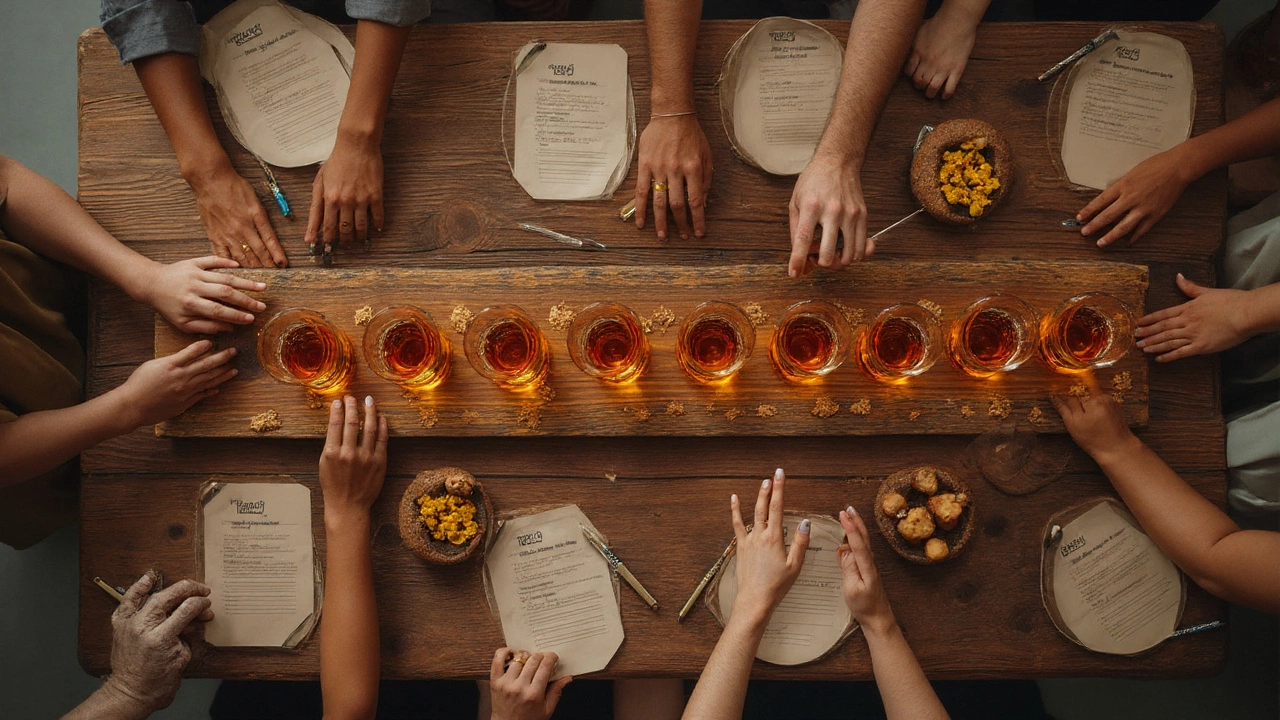
Little Extras: How to Stand Out and Get the Most from Your Experience
If you want to take your experience up a notch, think beyond the basics. Ever consider bringing your own dropper? A little water can totally change the profile of a whiskey, and using a dropper looks pro and feels pretty satisfying. My go-to is a small glass pipette I bought online for less than the price of a Starbucks latte. Once you see how a few drops of water can crack open flavors in a cask-strength dram, you’ll never look back.
Some people like to bring a scent wheel or a flavor map. These are geeky and fun—they help you pinpoint notes you might otherwise miss, like the difference between vanilla and caramel, or why something reminds you of old libraries (actual tasting note from a 25-year-old scotch, swear on Jasper’s whiskers). Toss it in your notebook or print a small copy to sneak into your jacket pocket. It can be a real conversation starter.
If photography is your thing, and it usually is these days, ask ahead if photos are allowed. Some tastings ban cameras or phones, especially at distilleries with strict confidentiality. But if you get the green light, a couple of well-shot photos will help you remember your favorites. Snap the bottle, jot the name, and you’ll avoid that frustrated “Which was the one with the dried apricot smell?” moment in the liquor aisle later.
Keen to remember the flavors you like? Planning for bottle shopping after the event? Having a small, sealable sample vial in your bag can be a lifesaver. A few clubs and distilleries allow you to take tiny samples of your favorites home for later savoring (always ask before doing this—some places are strict, others don’t mind).
Let’s get geeky for a second: Whiskey’s flavor is shaped by countless factors—oak aging, water source, distillation strength, even the grain variety. If you want to impress, do a little homework on the brands or distilleries featured at your event. Did you know, for example, that Glenfiddich is the world’s best-selling single malt, or that Japanese whiskeys like Yamazaki regularly scoop top awards over their Scottish cousins? A fun fact or two can make mingling much easier and score you bonus points with the host.
Some tastings provide spittoons or dump buckets for unfinished glasses. Use them if you’re pacing yourself, especially if you’re driving home. Bringing your own discreet breath mint is also a smart move, especially if you’re headed to a meal or social event after the tasting. (Nobody wants “distillery breath” at dinner.)
When in doubt, dress comfortably but neatly—jeans, a nice shirt, and shoes that can handle standing. Skip heavy perfume or aftershave; the aromas in whiskey are subtle and you don’t want to overpower them or distract the people around you.
Quick tip from someone who learned the hard way: avoid chewing gum or drinking coffee right before the tasting. They mess with your palate and can overwhelm those delicate smoky, fruity, or spicy notes. (No, brushing your teeth with minty toothpaste right beforehand isn’t a great idea either.)
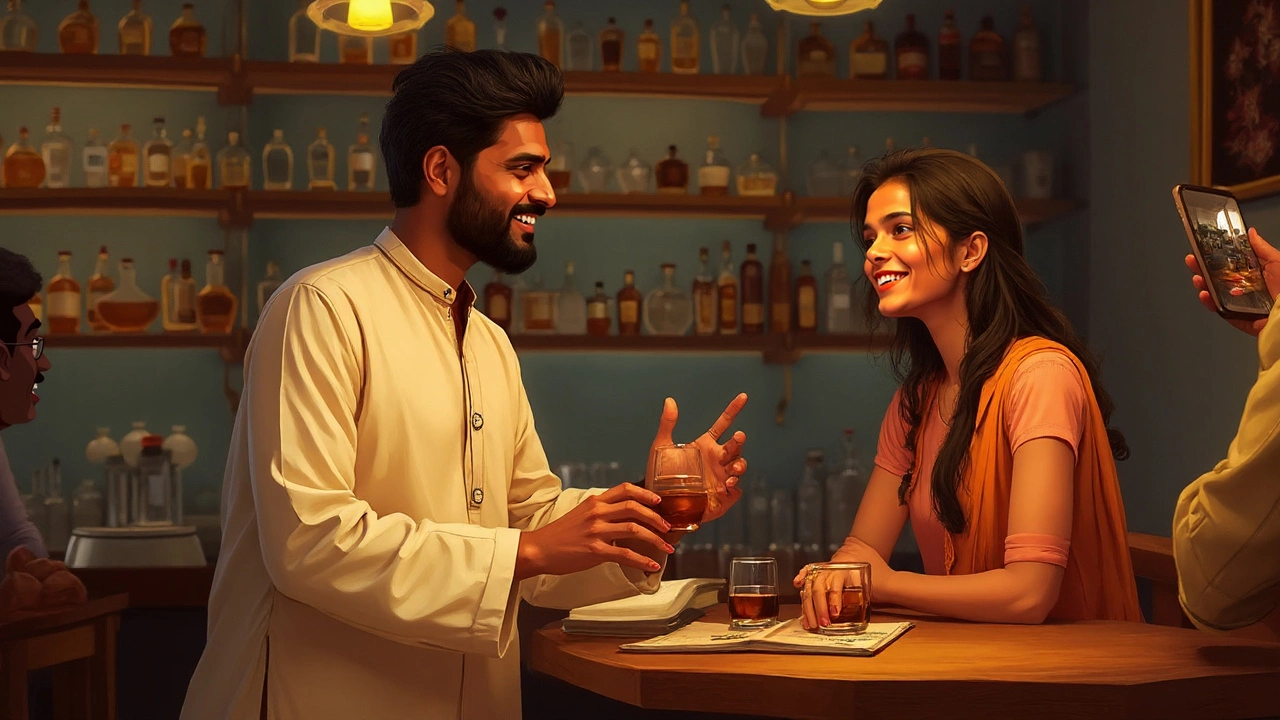
Making It Meaningful: Etiquette, Questions, and Getting the Most from Each Pour
Whiskey tastings run the gamut—from formal, hush-hush masterclasses to rowdy, laughter-filled pub sessions. Either way, a bit of etiquette goes a long way. If you spill, apologize and help tidy up—it happens more often than you’d think. Respect the pace set by the host; jumping ahead or talking over the host’s guidance looks rude and, honestly, you’ll miss out on the good stuff. The host usually shares history or technical details about each whiskey; take notes, ask questions, and don’t be shy about being curious. No one expects you to be an expert.
If you’re drinking with friends, don’t push them to rank whiskeys or agree with you (the “peaty one is the best, period” crowd is missing the point). Everyone’s palate is wired differently—I personally can’t do heavily sherried drams, but know people who dream about them. Instead, ask what flavors jump out for them. This makes the whole thing more interactive and fun, and you get to see how broad the world of whiskey actually is.
For beginners, swirling your whiskey gently releases aromas but don’t go overboard, or you’ll lose some essential notes. Bring the glass to your nose, take a gentle sniff with your mouth open (yes, it looks silly, do it anyway). You’ll catch more of the flavors. On your first sip, swish the whiskey around your tongue, letting it reach every part of your mouth before swallowing. Take your time with each dram; there’s no rush. Most tastings move through lighter styles first—grains and blends—onto richer single malts and then the bold, smoky peat bombs.
Got a question? Ask! That’s half the fun. Want to know why a whiskey tastes “medicinal”? It could be the peat or the barrel age speaking. Not clear on the difference between bourbon, Scotch, and Irish whiskey? Don’t pretend—just ask. Hosts and fellow guests usually love sharing what they know and hearing your first impressions.
Whiskey tasting isn’t a stuffy affair. Yes, there’s tradition, but there’s also plenty of room for personal discovery and a bit of goofiness. If you make tasting notes, compare them with friends at the end. Sometimes someone picks up “marzipan” or “orchard after rain” and next thing you know, everyone’s laughing. (I once wrote down “sun-dried Band-Aid”—it made perfect sense at the time after a smoky Islay dram!)
Afterward, it’s polite to thank your host and, if you loved something, don’t hesitate to ask where you can buy a bottle or a miniature. Dropping the name of your favorite dram in the host’s guestbook or online review can even get you invited back.
And if you make it home with your tasting notebook full, snacks uneaten, and a new favorite bottle picked out, you did it right. Come prepared, keep it light, and you’ll always get the most out of every whiskey tasting night. Even Jasper knows to steer clear until the snacks come out—but he can’t resist those crackers for long.
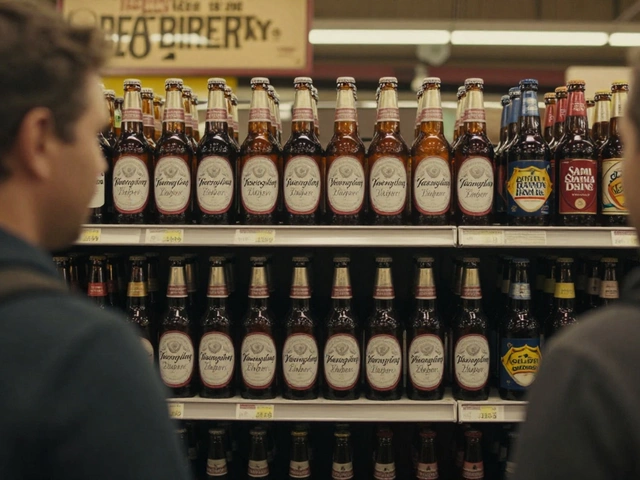
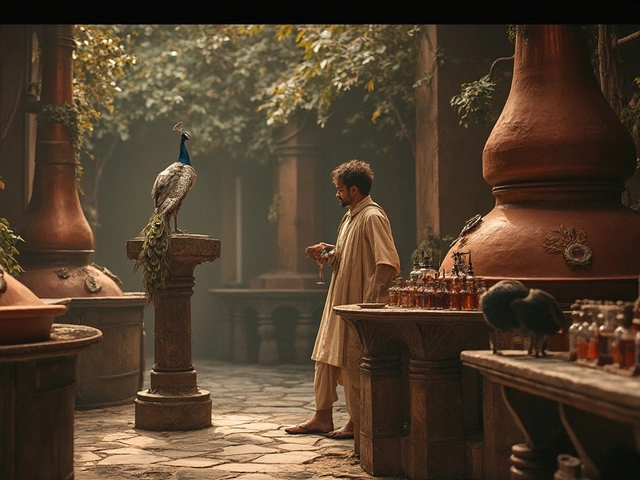
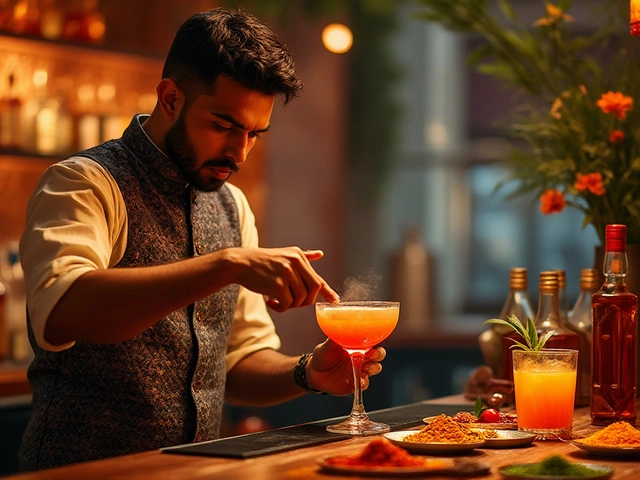
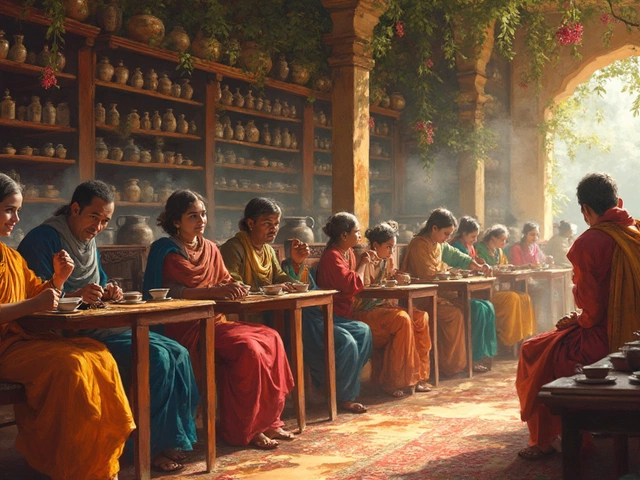
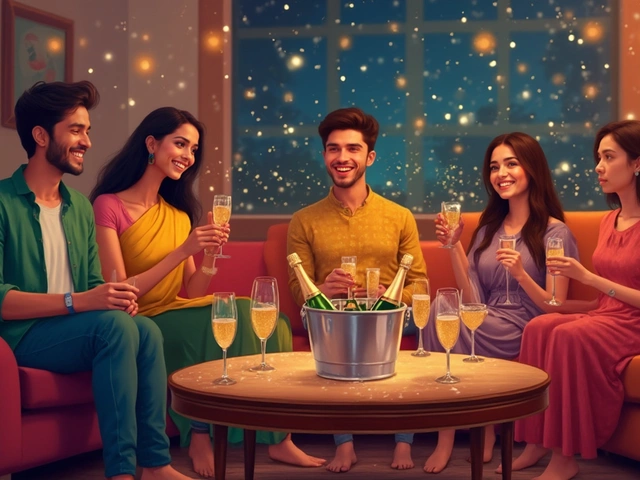
Categories